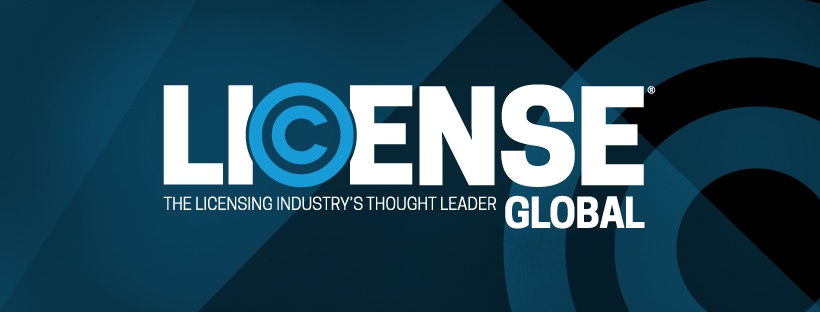February 14, 2019

License Global sat down with Bill Grier, chief executive officer and chief technical officer, AM4U and Critical Mass Manufacturing, to talk about the state of manufacturing and to hear more about the opportunities that emerging technology can offer to members of the licensing community.
How is sourcing for the U.S. marketplace changing?
The two biggest cultural and economic shifts that directly affect the U.S. marketplace are the shift to more casual clothing, especially the athleisure category; the huge losses that are being suffered by traditional apparel retailers; and the closure of retail locations. The lifestyle and values that comfortable clothing communicates are fueling extraordinary growth in both artistic and licensed print sales.
How are manufacturers adapting to these changes?
Some mass retailers have adopted a more practical approach to stocking, using variations of the packaged goods and grocery retailer shelf index stocking and plan-o-gram technologies. Shelf index calculations create a point score based on turns times gross profit. That point score is used to decide the space dedicated and whether to stock a particular SKU. Until apparel retailers adopt integrated demand-based sourcing strategies and separate their highly volatile SKU sourcing from their traditional product acquisitions, they will continue to suffer from the unsustainable clearance and close outs that steal their profits every day.
What are your thoughts about the performance of licensed products at retail?
Licensed products tied to trends or timely events are risky because of the subject of the product and the context in which it is portrayed. The other side of the coin, however, is that licensed products can create high sales volume and emotional connections, both of which provide higher value to the consumer and better profits to the seller.
How does new technology help retailers?
In the new era of information-based manufacturing, the adaptation of digital technology to the mechanical requirements of producing a physical product is allowing infinite flexibility. The problem is in the technology that companies have spent millions of dollars developing–visual design, digital printing, visual cutting, efficient sewing and online sales have done a very poor job of creating a path for retail adoption. Until those companies cooperate to develop standards, most retailers have no idea how to use new technology to increase profits and sustainability.
Would it benefit major retailers to use smaller factories with a specific focus?
This is a paradigm problem until the retail base understands the profit incentive of the application of pollution-free, integrated micro-factories located within distribution sites and dedicated to a specific product group. They require the flexibility and production tied directly to real time sales data.
About the Author(s)
You May Also Like






